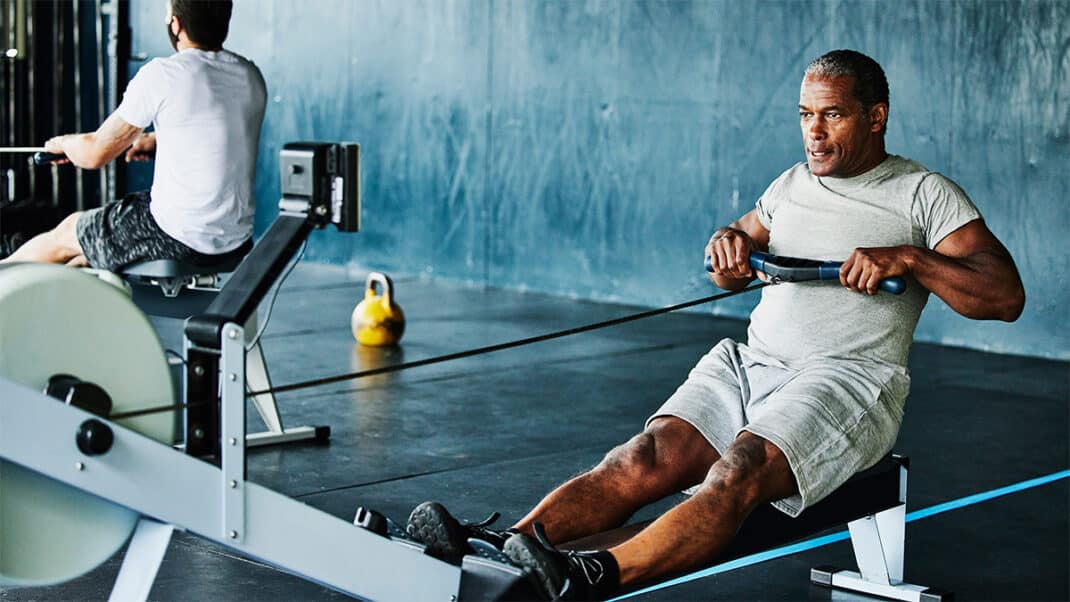The Pregnant Athlete
Not long ago pregnant women were considered frail and advised to avoid all physical activity. Recently, however, a growing number of exercisers have chosen to continue their exercise programs throughout pregnancy. Female athletes, in particular, are understandably reluctant to stop participating in their chosen activities—which may include contact or collision sports—for fear of losing their competitive edge.
How much is too much exercise during pregnancy? What sports should you avoid? Unfortunately there are no exact limits for frequency, duration and intensity of exercise for pregnant athletes. Ultimately you have to decide the fitness path to take, relying on the advice of your physician and fitness experts. But women who are very fit and participated regularly in exercise before pregnancy should be able to continue their routines as long as they take precautions. Here are some general guidelines from Lisa Druxman, MA, certified personal trainer and founder of Stroller Strides, a pre/postnatal fitness program.
Exercise Intensity. Athletes are typically very tuned in to their bodies. You probably recognize the signs indicating your exercise intensity level is too high and adjust your workout accordingly. You should exercise at a level that feels comfortable, using rating of perceived exertion as a guide. A general rule of thumb is that if it feels good, it probably is good; if, however, it feels bad, it’s probably not good. Regardless of fitness level, you should never exercise to exhaustion. (Competitive athletes should be extra cautious, since they are more likely to get caught up in the competition and fail to accurately monitor their exertion level.)
Strength Training. You should be able to continue your strength training routine throughout pregnancy. Make sure to breathe normally when working out because holding your breath can reduce oxygen delivery to the placenta. To keep the oxygen supply going, avoid maximal lifts and heavy resistances, especially when the hormone relaxin is present in increased amounts. (Relaxin provides increased movement in the pelvis to accommodate the growing baby and allow for an easier birth. Relaxin concentrations are greatest in the first trimester, drop after 4 months and then peak again during labor.) Although the American College of Obstetricians and Gynecologists guidelines for resistance exercise recommend a single set of at least 12 to 15 repetitions (without undue fatigue) for each exercise, many pregnant athletes can safely perform up to four sets of eight to 10 reps (again, without undue fatigue).
Sports Injuries. At any stage during pregnancy, an extreme blow to (or fall onto) the abdomen can damage the placenta. Late in pregnancy, as the fetus moves higher in the womb and is unprotected by the pelvis, direct impact during sports poses greater risk of damage. Most medical experts agree that the kinds of falls and direct contact that typically occur during contact sports are unlikely to damage either the womb or the fetus. However, because some potential for injury exists, deciding which sports are safe is ultimately up to you and your doctor. Here are some sports Druxman has found can be problematic:
- contact sports, such as hockey (field
and ice), boxing, wrestling, football
and soccer, which increase the risk of
abdominal trauma
- high-risk sports, such as gymnastics,
horseback riding, skating (ice, roller
and inline), skiing (water and snow),
hang gliding, racquetball and scuba
diving, which increase the risk of
falls/trauma to the fetus
If you exhibit any of the following signs while exercising, you should immediately discontinue exercise and receive medical attention:
- pain
- dizziness
- shortness of breath
- faintness
- vaginal bleeding
- difficulty walking
- contractions
- unusual absence of fetal movements (But note that the baby is often quietest when you are exercising.)





